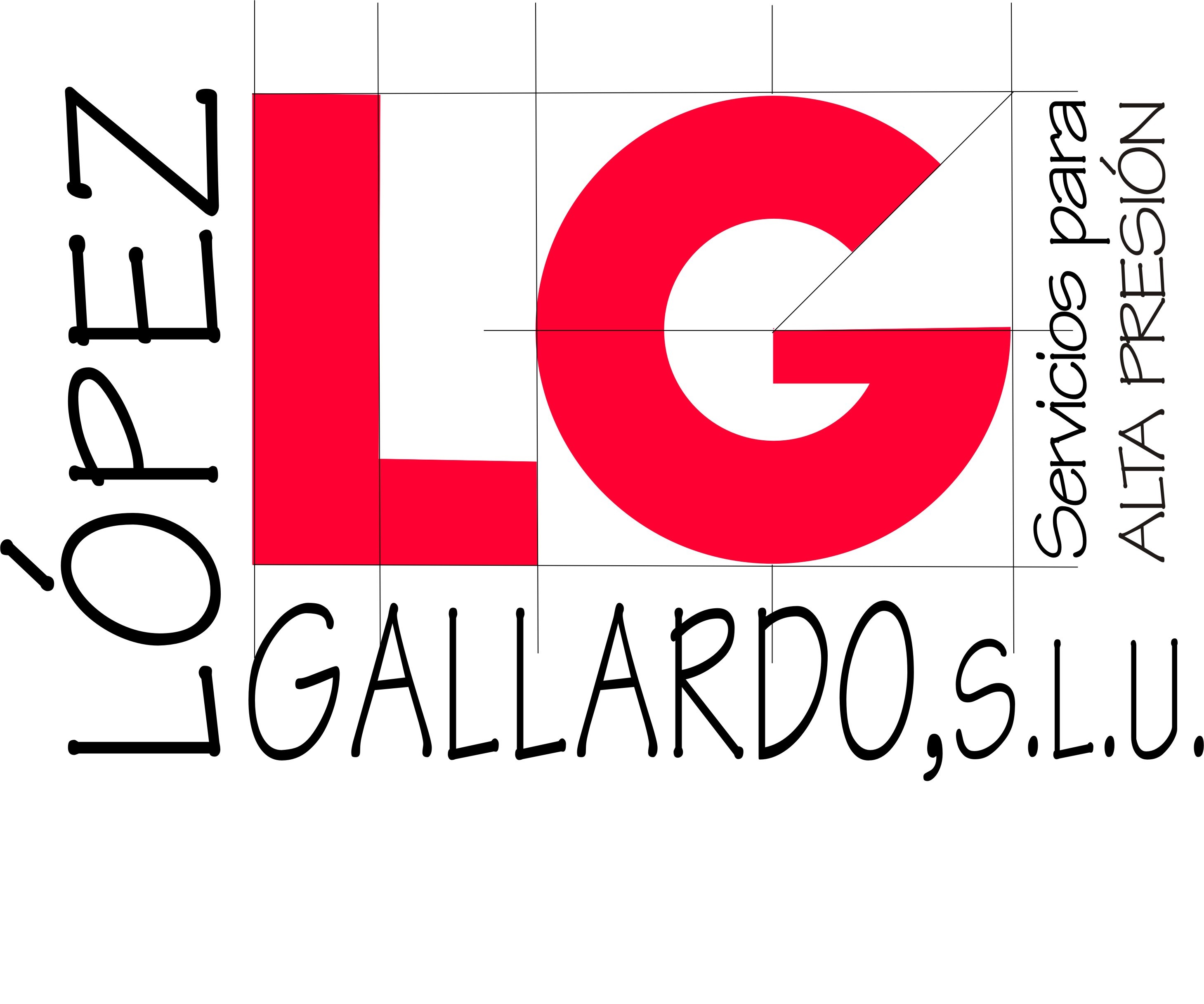Sin categoría
Conflicts for Solutions and Asylum Procedures
Increasingly, systems and strategies are being used to streamline asylum procedures. These kinds of range from biometric matching machines that take a look at iris runs and fingerprints to sites for political refugees and asylum seekers to chatbots that support them register protection instances. These types of technologies were made to make that easier simply for states and agencies to process asylum applications, especially as numerous devices are slowed up by the COVID-19 pandemic and growing levels of required displacement.
Yet these digital tools raise many human liberties concerns to get migrants and demand fresh new governance frameworks to ensure justness. These www.ascella-llc.com/what-is-the-due-diligence-data-room/ include level of privacy problems, maussade decision-making, and the likelihood of biases or perhaps machine errors that result in discriminatory final results.
In addition , a central task for these technologies is all their relationship to border enforcement and asylum producing. The early failures of CBP One—along along with the Trump administration’s broader push for restrictive guidelines that restrict usage of asylum—indicate that these technologies can be subject to political pressures and really should not end up being viewed as unavoidable.
Finally, these kinds of technologies can form how political refugees are perceived and viewed, resulting in a great expanding carcerality that goes more than detention conveniences. For example , speech and dialect recognition tools create a specific informational space about migrants by simply requiring them to speak in a certain approach. In turn, this configures all their subjecthood and may impact the decisions of decision-makers whom over-rely upon reports made by these tools. These procedures reinforce and amplify the energy imbalances that exist between refugees and decision-makers.

